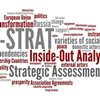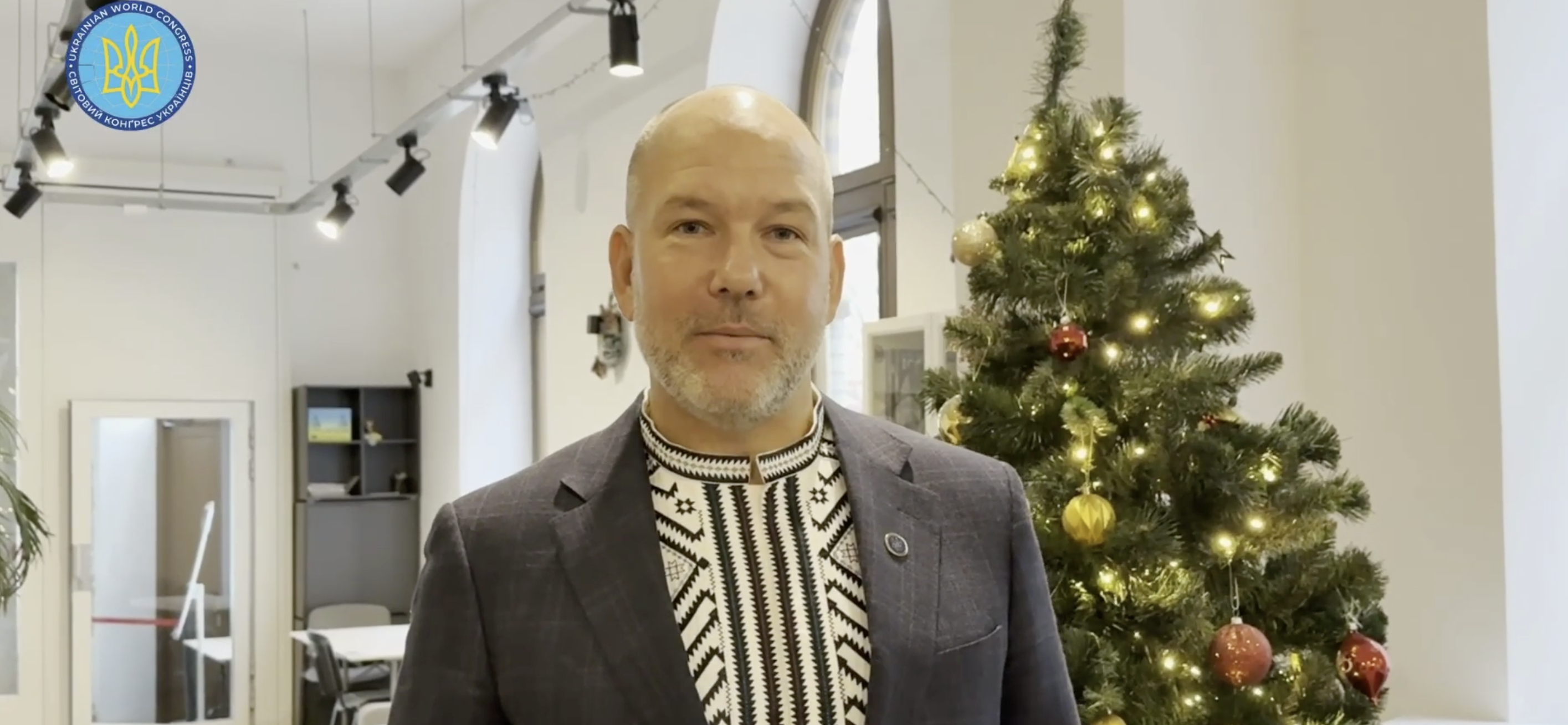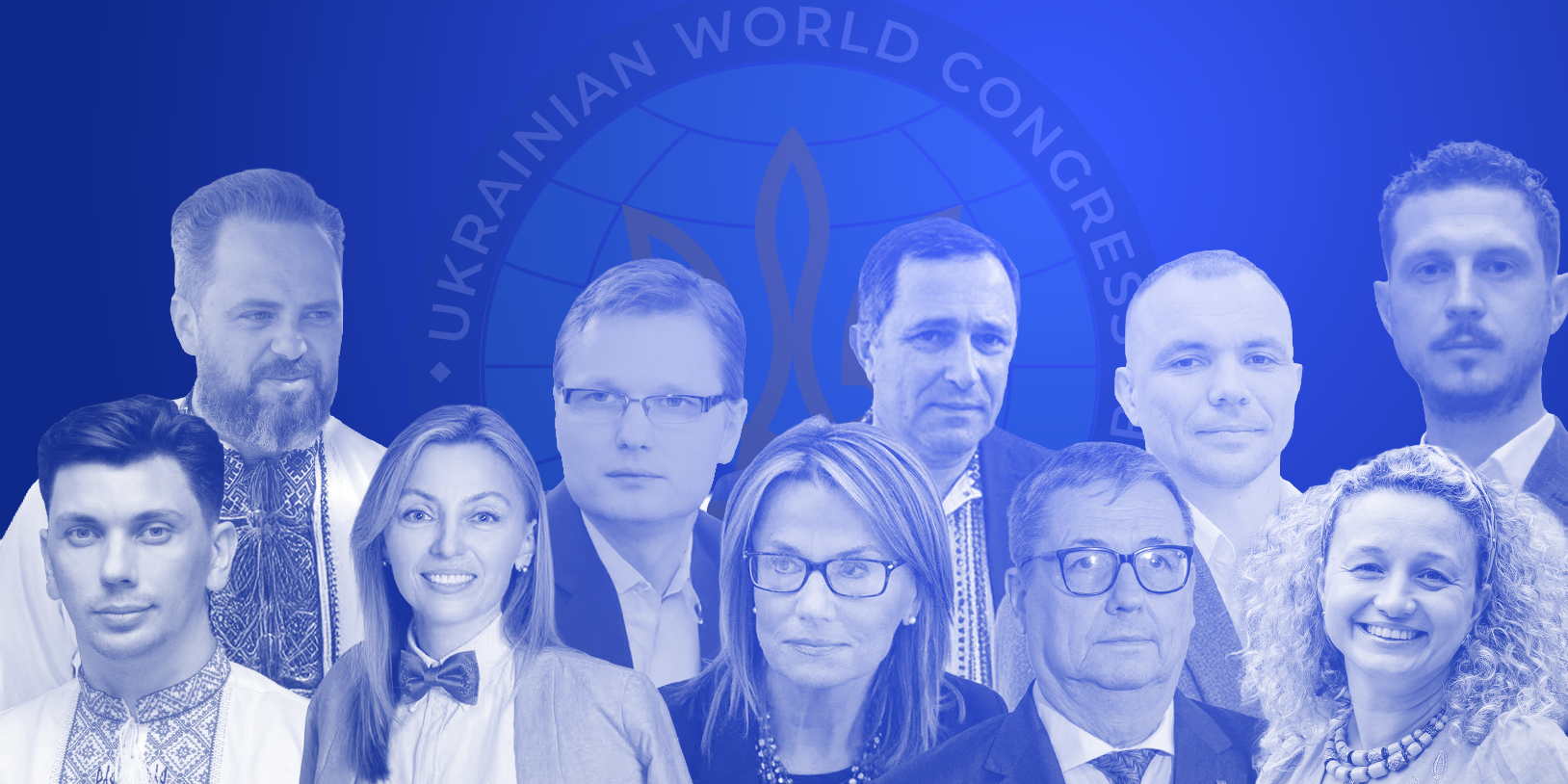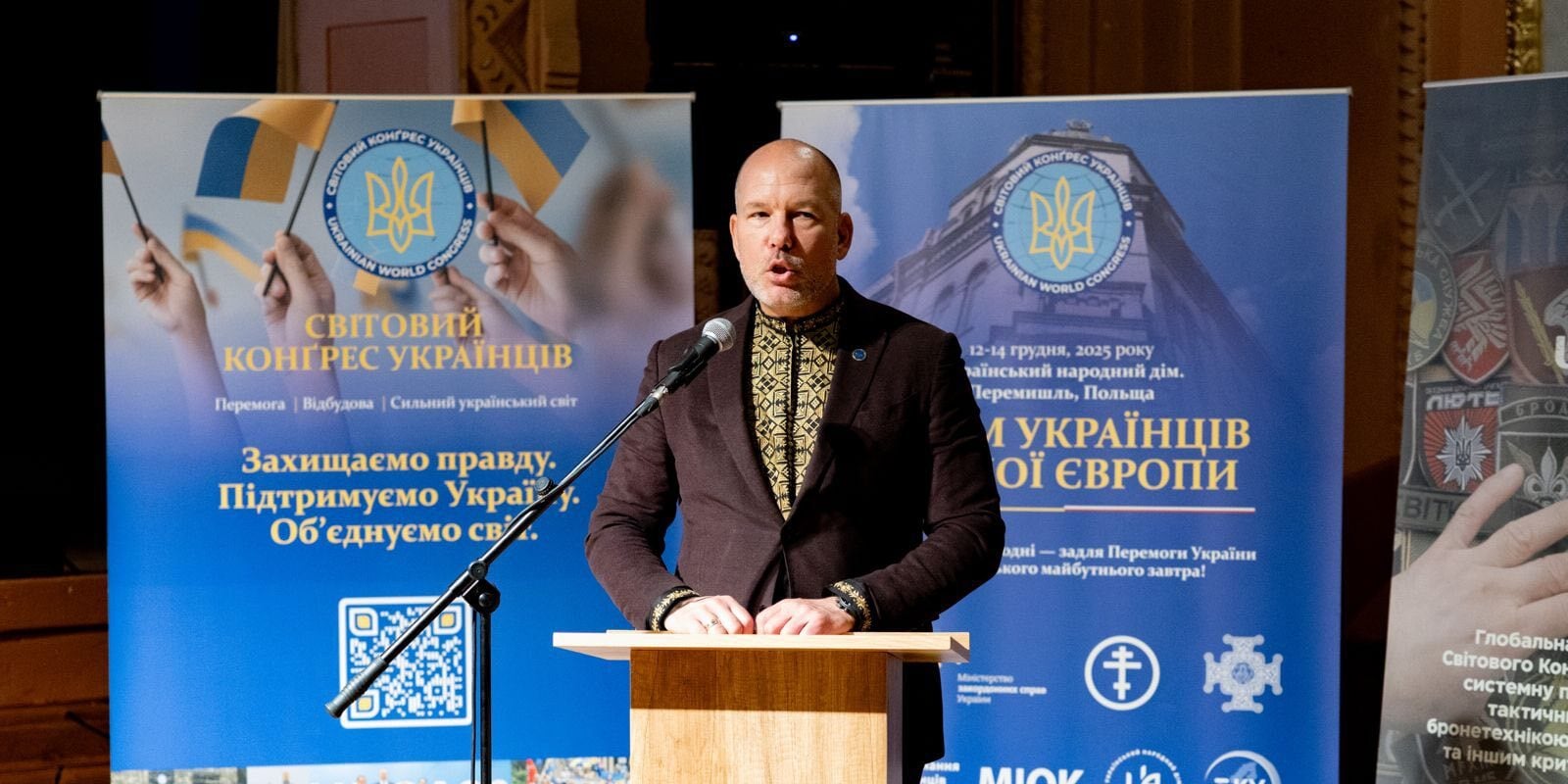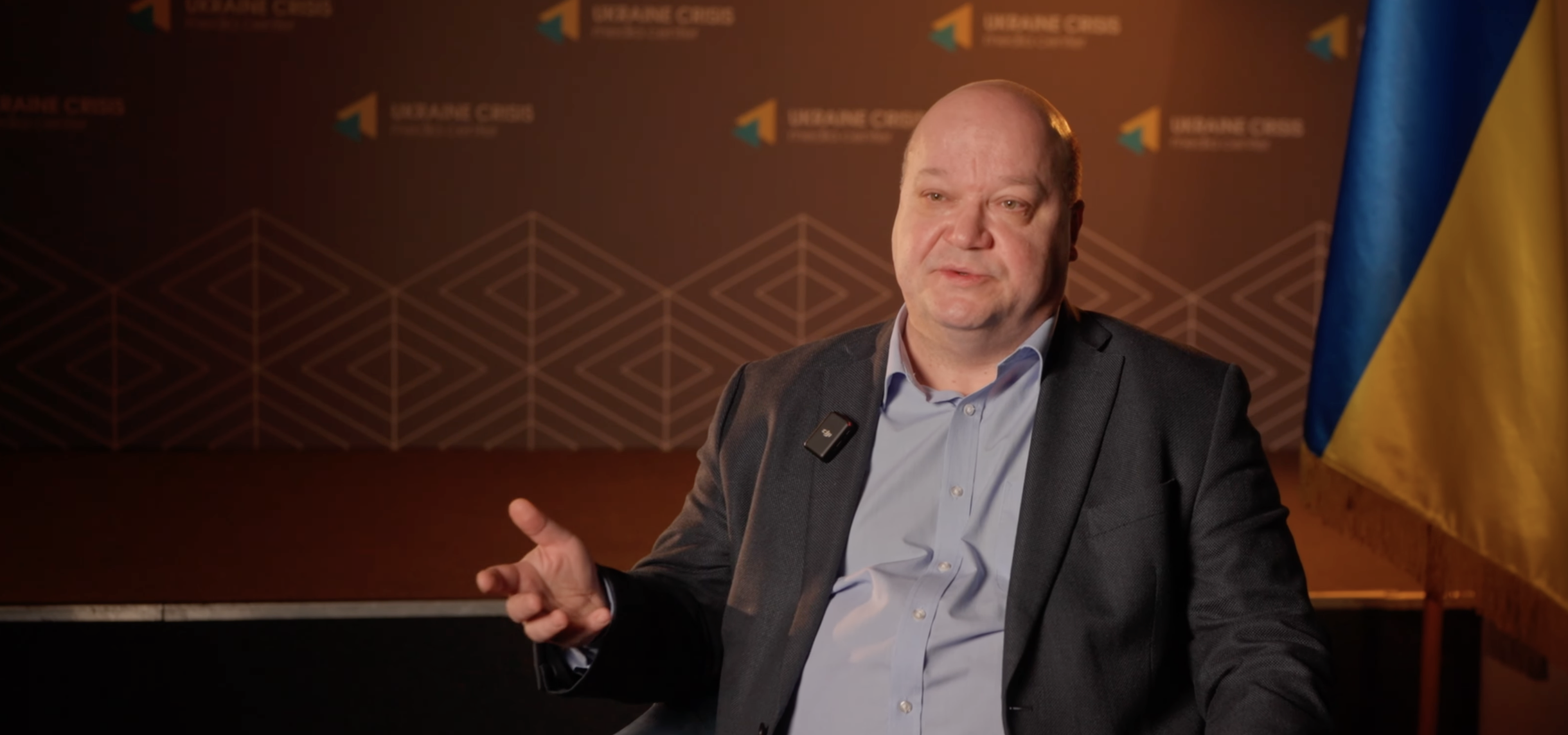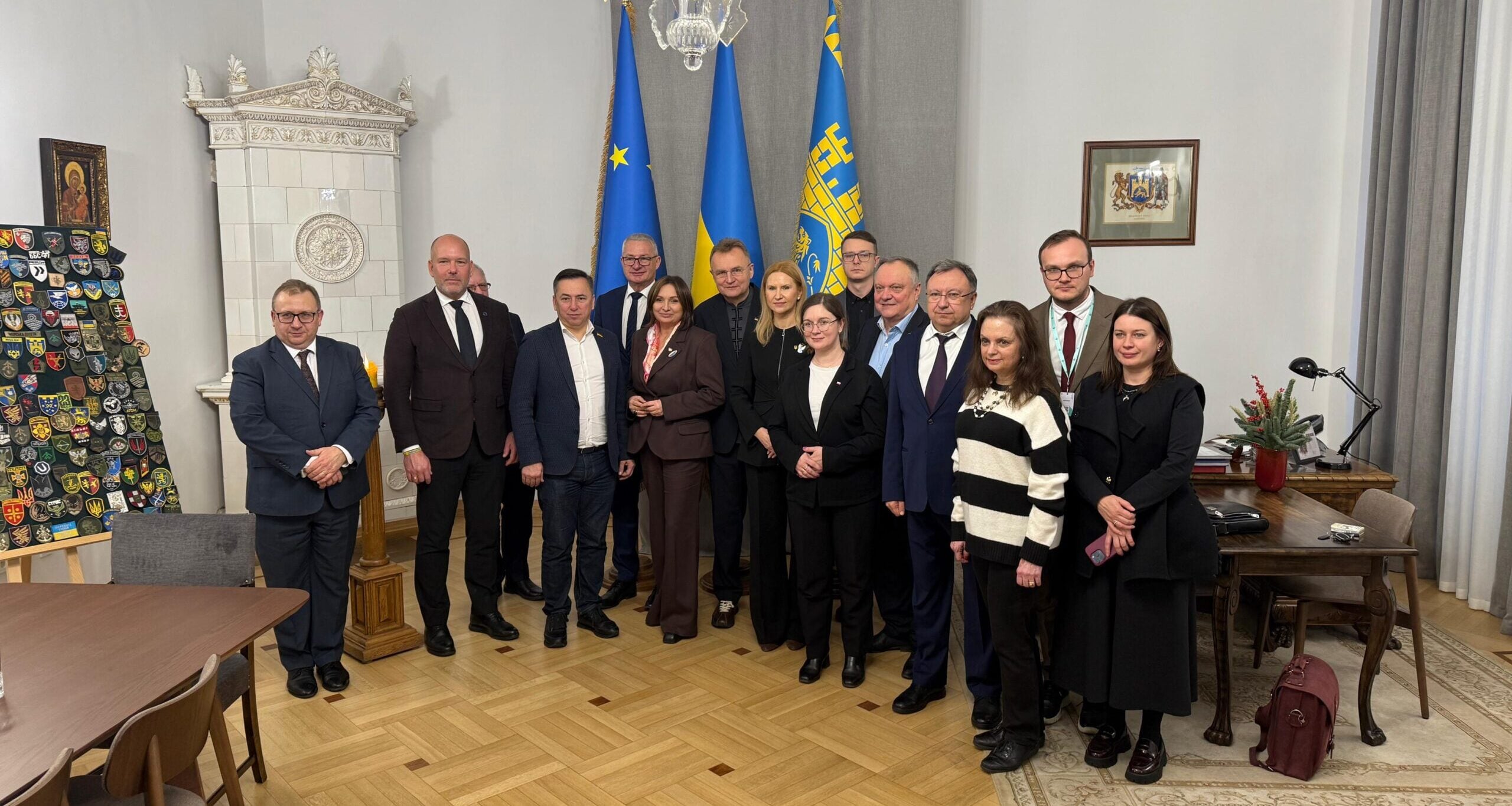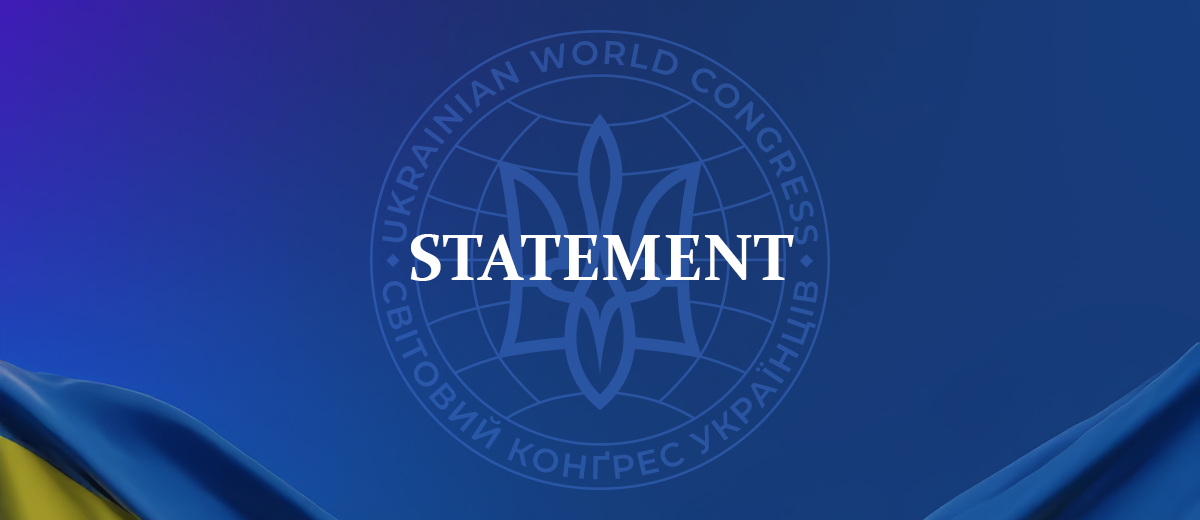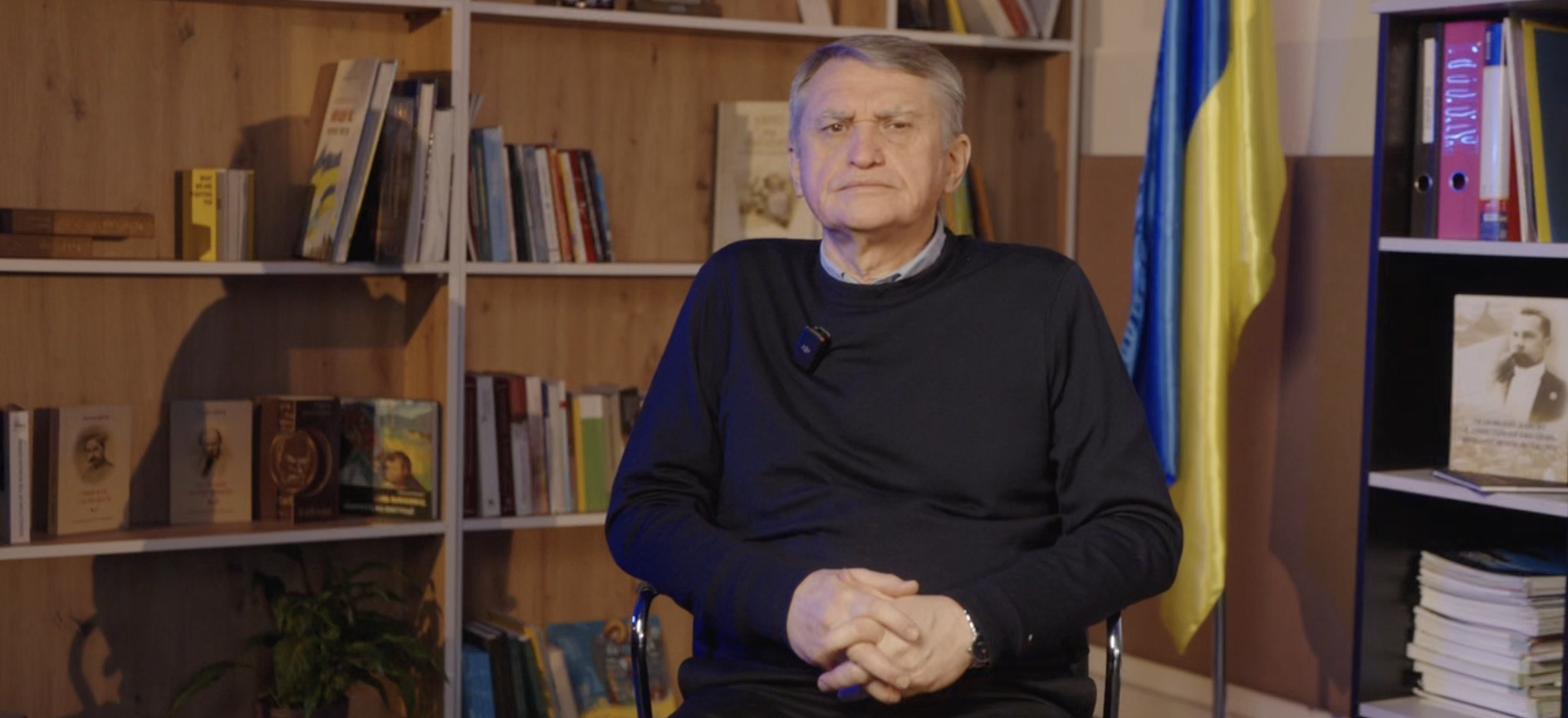
Abstract:
In 2014-2015, the European Union revised its neighbourhood policy (ENP), aiming to introduce more differentiation and a more pragmatic approach to the varying levels of ambition for cooperation or integration of neighbouring countries. The Eastern Partnership, a policy explicitly targeting the EU’s eastern neighbours, has encountered serious setbacks in the face of Russia’s increasingly aggressive stance. Communication about what the EU does with and for neighbouring states is an essential component for the success of the revised ENP, especially given rising concerns about Russia’s use of media to promote its own view of developments in the region and the choices of neighbouring countries as a zero sum game.
This paper seeks to establish what the EU’s communications reveal about its status as soft, normative or transformative power in the region. The paper analyses the EU’s communications towards Belarus, Moldova and Ukraine for a two-month period in 2016, after the adoption of the revised ENP. To guide the analysis, the paper revisits the concepts of soft, normative and transformative power. Comparing the scope and elements of these concepts, we suggest that transformative power approaches stress a broad spectrum of reform targeting future members, while soft and normative power address any third states. Soft power includes economic aspects contributing to the EU’s (or other powers) attractiveness, while as a normative power the EU focuses primarily on norms. Using this framework, the paper finds that the EU’s official communications to Belarus, Moldova and Ukraine represented a different mix of elements.
Communications to Belarus were different from the communications to the other two states, stressing normative and rights issues. The range of concepts addressed in communications to Moldova and Ukraine has been broader and more varied. The main emphasis in communications to Ukraine and Moldova were democratic governance (Ukraine) and economic reforms (Moldova). Therefore, it is possible to distinguish normative and transformative power elements in the EU’s communications to the three Eastern Partnership countries. Last but not least, there is still a substantial share of messages that are event driven, that is, focus on specific events rather than on the benefits of cooperation with the EU as a whole.
